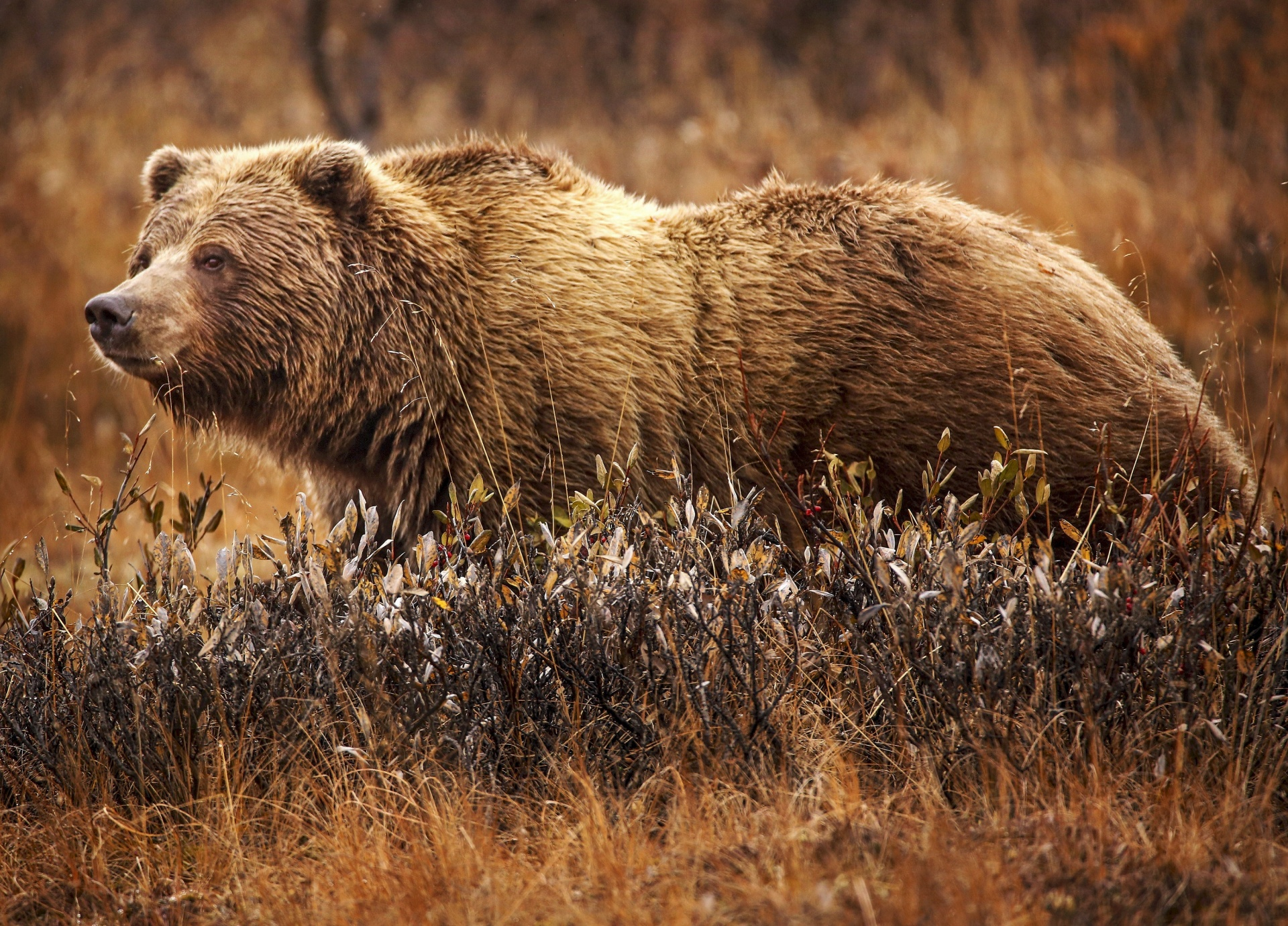If we talk about winter survival, bears stand as formidable contenders, mastering the art of adaptation to overcome the challenges posed by the harsh cold months. Often associated with hibernation, bears demonstrate a unique strategy that sets them apart from the classic hibernators of the animal kingdom. This strategy, known as torpor, is a way of energy conservation and survival.
Torpor: Unlike the profound and almost comatose hibernation experienced by some of their animal counterparts, bears engage in a state known as torpor. While both hibernation and torpor involve a decrease in metabolic rate, body temperature, and activity levels, there are nuanced differences that make torpor a distinct survival mechanism.
Torpor is a deep slumber that allows bears to significantly reduce their metabolic rate, effectively conserving energy during periods of scarcity. Unlike true hibernators, such as ground squirrels or bats, bears do not experience a drastic drop in body temperature during torpor. This adaptation serves a crucial purpose: to keep them primed for action even in the face of challenges.
The Torpid Rhythms of Survival: As winter descends and food becomes scarce, bears enter their torpid state. During this period, their heart rates, which typically range from 50 to 60 beats per minute, plummet to a mere 8 to 12 beats per minute. Similarly, their breathing rates decrease, resulting in a slow and steady rhythm that mirrors the tranquil pulse of their surroundings.
What makes the bear's torpor particularly intriguing is the occasional flicker of activity within their slumber. While their movements are minimal, bears might stir from their torpid state to adjust their positions or even leave their dens if disturbed. This delicate balance of conservation and responsiveness showcases the remarkable equilibrium that bears have achieved in their survival strategy.
A Winter's Odyssey: As winter progresses bears embark on a silent odyssey of energy preservation. During their torpid state, bears can endure months without eating, drinking, urinating, or defecating. The remarkable ability to sustain themselves for an extended period is a testament to the intricate interplay of biology and environment.
The combination of reduced metabolic activity and minimal movement allows bears to make the most of their fat reserves, which they diligently accumulate during the warmer months. This reservoir of energy becomes their lifeline in the face of food scarcity, enabling them to emerge from their winter dormancy in relatively good health.
Nature's Evolutionary Marvel: Bears' torpor serves as a testament to the ceaseless dance between nature and evolution. In a world where survival is a perpetual challenge, the bear's ability to adapt and thrive is a shining example of the wonders of the natural world. This unique adaptation showcases the intricate ways in which animals can fine-tune their strategies to suit their specific environments.
A Symphony of Winter Survival: The torpor-induced slumber of bears during the winter months is a symphony of survival, composed by the demands of nature and the melody of adaptation. It is a testament to the remarkable ways in which animals navigate the challenges of their environments, sculpting their behaviors to ebb and flow with the rhythms of life.
